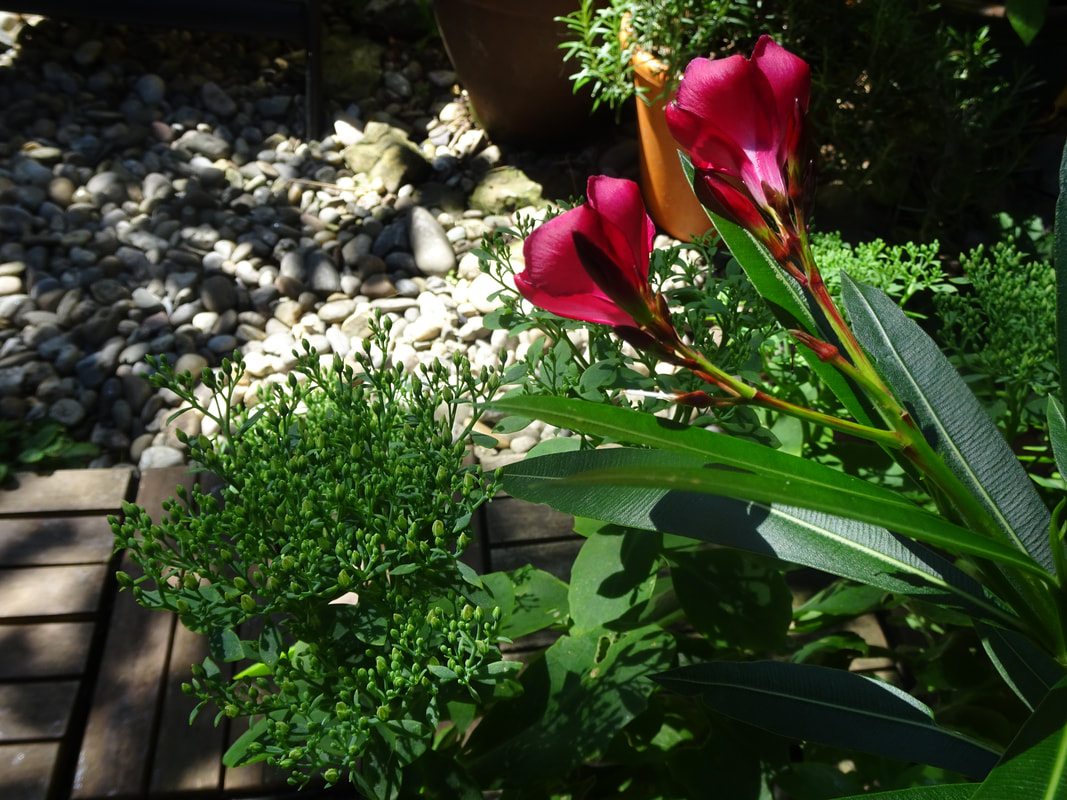I hope you'll all read Summer's brilliant posts below, but I just had to barge in and post this text excerpt that I had translated by the free version of DeepL, a translation program available on the web.
In keeping with the topic of some posts I wrote a while ago (on machine translation) and because I saw a job offer recently where the client suggested using the program to do a preliminary translation and then "making the necessary changes", I decided to give one of those programs another try. Turns out that employer was right -- about having to edit and make changes, I mean. Because even a simple text like the beginning of an (edited) article about photography ends up with only part of its meaning intact. Look at this:
English:
Any type of or style of photography presents endless challenges. Whether you’re capturing people, buildings, or wildlife, there are a million different ways things can go wrong or take unexpected turns. Now, throw in working with the ever-changing sun, random weather, and unpredictable clients, and you’ve just scratched the surface of using and shooting with natural light.
Overcoming the variability and challenge of natural light photography begins and ends with understanding the sun. This guide will teach you what you need to know, like how to plan a shoot at 12pm on a sunny day, or what lens to use during a sunset, or what to capture when the day’s light is all but fading way. Here’s how you can take your best photos yet using only the light supplied by the sun.
German:
Jede Art von Fotografie stellt eine endlose Herausforderung dar. Egal, ob Sie Menschen, Gebäude oder Wildtiere einfangen, es gibt eine Million verschiedene Möglichkeiten, wie Dinge schief gehen oder unerwartete Wendungen nehmen können. Jetzt können Sie mit der sich ständig ändernden Sonne, dem zufälligen Wetter und unvorhersehbaren Kunden arbeiten, und Sie haben gerade die Oberfläche der Verwendung und Aufnahme mit natürlichem Licht zerkratzt.
Die Überwindung der Variabilität und Herausforderung der Naturlichtfotografie beginnt und endet mit dem Verständnis der Sonne. Dieser Leitfaden zeigt Ihnen, was Sie wissen müssen, wie Sie eine Aufnahme um 12 Uhr an einem sonnigen Tag planen, welches Objektiv Sie bei Sonnenuntergang verwenden sollten oder was Sie einfangen sollten, wenn das Tageslicht fast verblasst ist. So können Sie Ihre besten Fotos machen und dabei nur das von der Sonne erzeugte Licht verwenden.
Übersetzt mit www.DeepL.com/Translator
Those of you who speak German and English will see what I mean, the others can contact me and I'll explain. Have a lovely autumn!
Yours,
Alexandra

 RSS Feed
RSS Feed